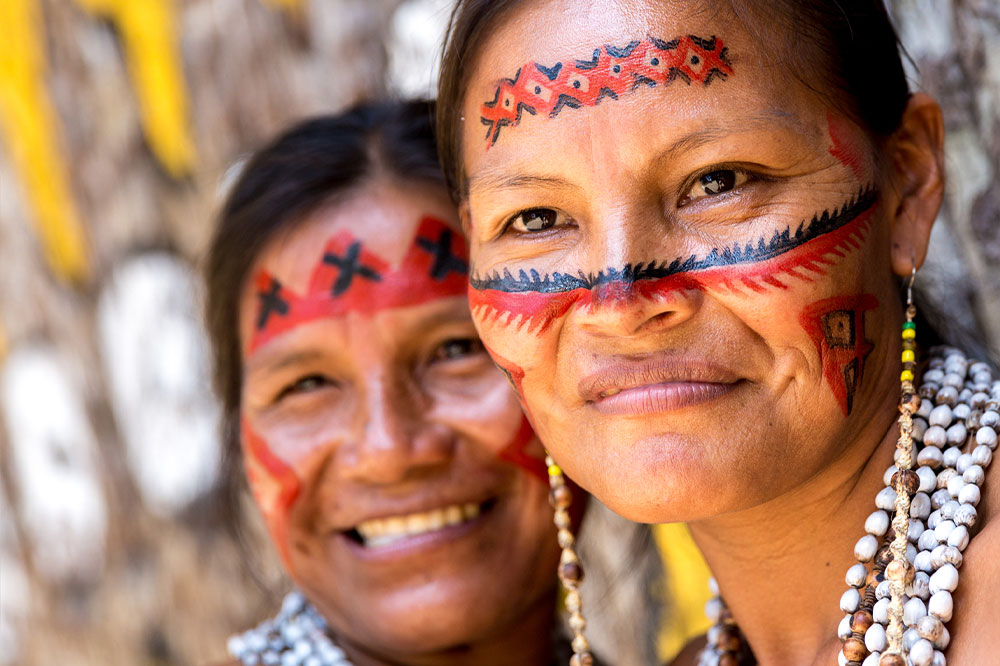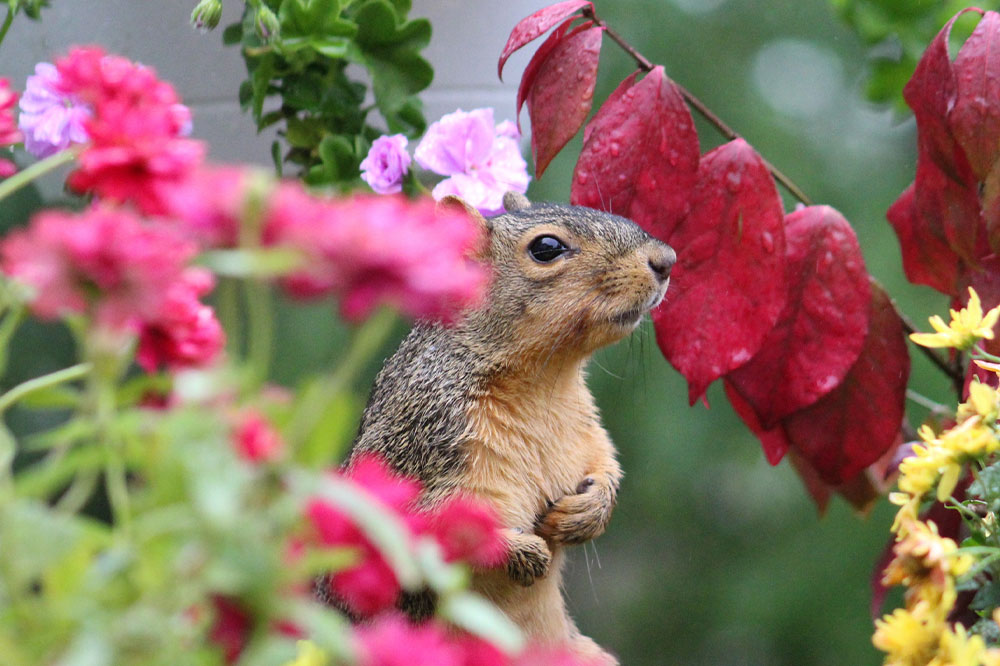Exploring the Rich Diversity of Indigenous Cultures Around the Globe
This comprehensive article explores the diverse indigenous cultures worldwide, highlighting their history, traditions, and current challenges. From Native Americans and Maori to Sami and Inuit, discover how these communities preserve their unique identities and contribute to global cultural heritage. Emphasizing the importance of indigenous rights and biodiversity, the piece underscores the vital role these groups play in ecological and cultural preservation, inspiring respect and support for indigenous initiatives worldwide.

Global Diversity of Indigenous Communities and Their Unique Cultural Heritage
Indigenous communities are groups that have maintained and preserved their original cultural practices, languages, and traditions, tracing their roots back to the first inhabitants of various regions across the world. These communities are vital carriers of traditional knowledge, cultural diversity, and ecological stewardship. Globally, it is estimated that around 6% of the world's population identifies as indigenous, residing in diverse geographic and cultural landscapes. Their rights and cultural heritage have gained recognition through numerous international agreements, treaties, and human rights initiatives, reflecting their importance in the global social fabric. In this comprehensive exploration, we delve into some of the most notable indigenous peoples around the world, highlighting their history, culture, and current challenges and contributions.
Native Americans and First Nations
Before European exploration and colonization, the lands now known as the United States and Canada were inhabited by a vast array of indigenous groups collectively known as Native Americans or First Nations. These communities developed rich cultural traditions, societal structures, and sustainable ways of living based on hunting, fishing, gathering, and agriculture. Their deep spiritual beliefs and intricate social systems continue to influence contemporary culture and politics in North America today.
Maori of New Zealand
The Maori are the indigenous Polynesian people of New Zealand, arriving from East Polynesia between 1320 and 1350 CE. Their rich culture includes traditional song, dance (haka), intricate tattoos, and a deep connection to their ancestral lands. They make up over 15% of New Zealand's population and have a significant influence on the nation’s identity and culture today. Preservation of their language and customs remains a vital aspect of Maori revitalization efforts.
Kurdish People of the Middle East
Living primarily across Turkey, Iraq, Syria, Iran, and Armenia, Kurds are an indigenous ethnic group with a distinct cultural identity, language, and history. They predominantly follow Sunni Islam but also practice other religions. Despite political and social challenges, they continue to preserve their cultural practices, folklore, and language, striving for recognition and rights within the countries they inhabit.
Maasai of East Africa
The Maasai are semi-nomadic pastoralists primarily found in Kenya and northern Tanzania. Known for their vibrant traditional dress, elaborate beadwork, and age-old customs, they speak the Maa language and adhere to age-old rituals and societal structures. Their lifestyle revolves around cattle herding, which holds cultural, economic, and spiritual significance, symbolizing Maasai identity and resilience in a changing world.
Scheduled Tribes in India
India's indigenous populations, often referred to as Scheduled Tribes or Adivasis, include diverse communities such as the Gond, Santhal, Khasi, Garo, and Angami. These tribes have preserved unique languages, traditions, and social practices over centuries, often living in remote and pristine environments. Their rich cultural diversity contributes significantly to India’s national identity, even as they face modern development challenges.
Sami People of Scandinavia
The Sami, also known as Saami, are indigenous to northern parts of Scandinavia, including Sweden, Norway, Finland, and Russia’s Kola Peninsula. With roots dating back thousands of years, they speak multiple Sami languages and practice traditional livelihoods such as reindeer herding, fishing, and crafts. Recognized as the official minority group in Scandinavia, the Sami actively work to preserve their language, culture, and rights amidst modernization.
The Maya Civilization
The Maya are an ancient indigenous civilization inhabiting regions of southern Mexico, Guatemala, Belize, Honduras, and El Salvador. Known for their hieroglyphic script, impressive architecture, and sophisticated calendar systems, the Maya continue to speak various Mayan languages and maintain vibrant cultural traditions. Their historical resilience persists despite centuries of colonization and external pressures, exemplifying a robust indigenous identity.
Huli People of Papua New Guinea
The Huli are indigenous to the Southern Highlands of Papua New Guinea, with a history dating back over 1000 years. Renowned for their elaborate wig and face paint traditions, the Huli maintain distinct cultural practices including elaborate rituals, dances, and oral storytelling that preserve their unique identity amidst external influences.
First Nations of Australia
Australian Aboriginal peoples, including Torres Strait Islanders and numerous other First Nations groups, are among the world’s oldest continuous cultures. Their rich spiritual beliefs, Dreamtime stories, art, and connection to the land form a core part of their identity. Despite centuries of colonization and marginalization, they actively work to preserve their languages, customs, and sovereignty.
Kazakhs of Central Asia
Kazakhs are Turkic-speaking nomads originating from Central Asia, primarily inhabiting Kazakhstan. Traditional practices such as horse culture, yurts, and shamanistic rituals have been preserved through centuries, maintaining their cultural independence even amid modern nation-states.
Nenets of Arctic Russia
The Nenets are indigenous to the Russian Arctic, known for their reindeer herding and semi-nomadic lifestyle. They migrate seasonally across frozen landscapes, maintaining age-old survival techniques and cultural practices that are closely tied to their environment.
Himba People of Namibia
Living in Namibia’s Kunene region, the Himba are one of Africa’s last remaining nomadic tribes. They are renowned for their striking red ochre body paint, elaborate jewelry, and deeply rooted traditions that have been preserved since the 16th century, embodying resilience and cultural continuity.
Ainu of Japan
The Ainu are indigenous to Hokkaido, Sakhalin, and the Kuril Islands of Japan, with a history spanning over a thousand years. Known for their unique language, traditional crafts, and spiritual practices, they have faced marginalization but are actively involved in cultural revival and advocacy efforts to preserve their heritage.
Inuit of Canada
The Inuit are indigenous to northern Canada, inhabiting regions such as Nunavut, Northwest Territories, and Labrador. They speak several Inuit languages and descend from the Thule culture. Recognized legally in Canada, the Inuit play a crucial role in the country’s indigenous heritage, advocating for rights, land claims, and cultural sovereignty.
Indigenous communities around the world are essential guardians of cultural diversity, traditional knowledge, and biodiversity. Their continued survival and cultural vitality contribute significantly to global ecological balance and cultural richness, making their preservation a priority for the international community.




